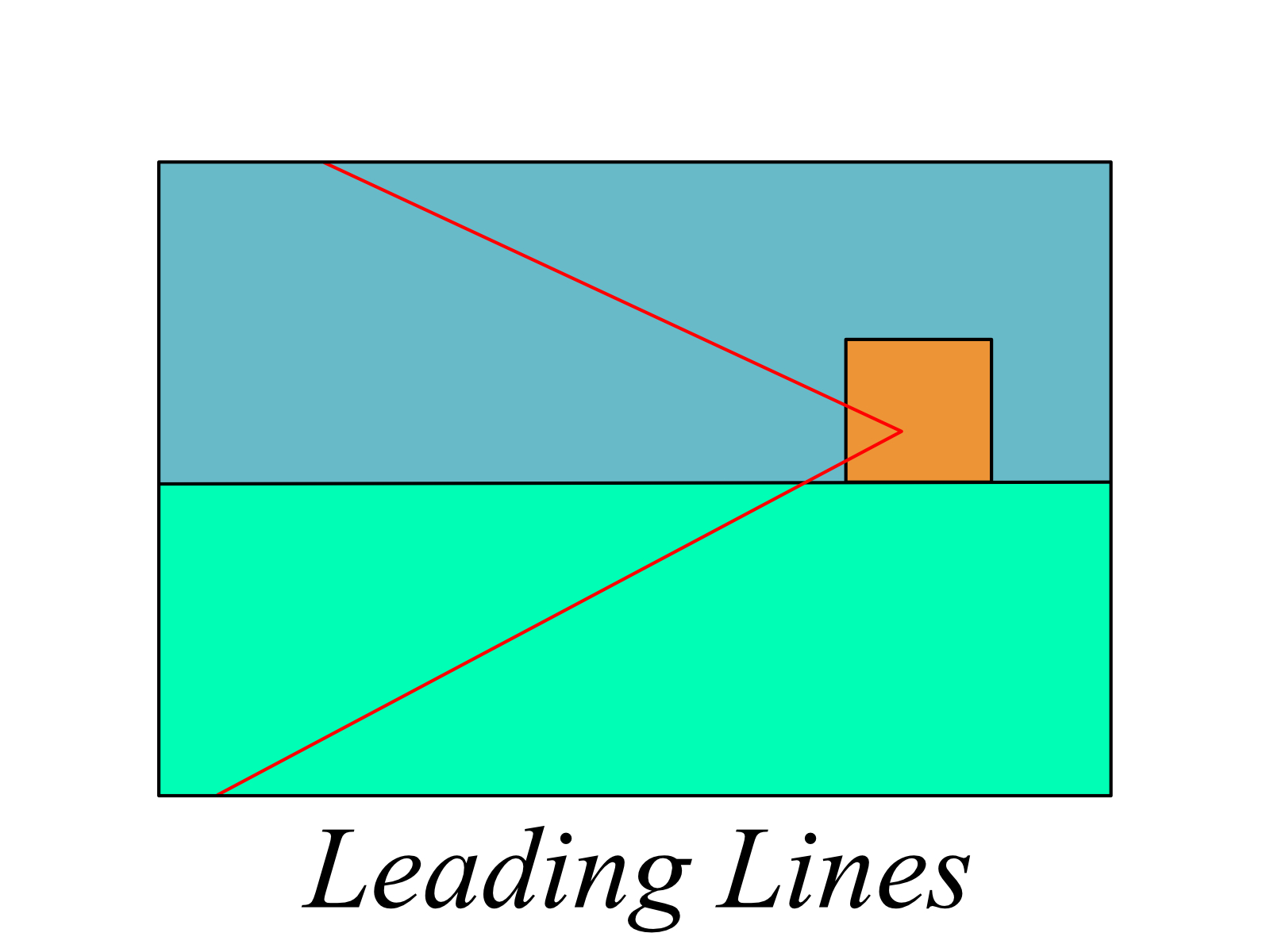Top 10 Composition Techniques for Landscape Photography
There are many techniques for the composition of Landscape Photography, here is a quick reference list, that will have links to individual in-depth analysis of each technique (coming soon!) I wish I knew all of these a few years ago!
In my opinion there are 3 categories of composition technique:
Position compositions are created by the photographer and their relation to the subject, in other words it’s all about where you stand.
Environment compositions are concerned with the subject the photographer chooses to capture, in other words are there features in the landscape that you can accentuate to create a fantastic image.
Light compositions are created by the subject interacting with a particular angle of light, in other words what time of day and which direction will make that mountain pop out of the picture?
You may have guessed it, but often a composition technique can be a combination of these three categories or can be created by focusing on one of these aspects.
1. Rule of Thirds - Position
The Rule of Thirds (link to in-depth guide to this composition technique) is the quickest and easiest to learn and use. It is essentially, dividing the frame using 3 horizontal and 3 vertical lines, to create 9 boxes.
Where the lines intersect should be the focal point or subject of the photograph, which leads to a very interesting composition.
That’s it! So simple, and the majority of cameras these days can have the Rule of Thirds placed on the screen to help with composition in the field, making it super easy.
An automatic composition winner!
2. Leading Lines - Environment
Leading Lines can be channels, paths, furrows, or anything line-like which leads the eye into the vanishing point or horizon of the image. The idea is to draw the interest of the viewer into the image and get them to examine the composition more.
This composition technique is harder to plan because it occurs as a response to the natural environment, whereas the Rule of thirds is about the position of the camera in relation to the subject.
But if you see a fence or river or anything in a landscape that can draw you to the main subject of your image, definitely position yourself so that it runs at an angle across the frame.
It will make a huge difference!
3. S-Curve - Environment
Similar to Leading Lines the S-Curve is a composition based on the environment, normally it is a natural feature like a river that snakes across the frame forming an S, which leads the viewer into the photo and to the horizon/vanishing point.
Very similar to leading lines, just bendy instead of straight…
4. Contrast - Light/Environment
Contrast makes a composition interesting.
It leads the audience in to the picture to examine it more intensely. Contrast can come from light/dark, different colours, black/white, calm/bold, etc.
It can come from the environment: by the scene you are choosing to photograph such as a patch of purple flowers in a field of green;
Or it can come from the light, such as the shadows produced on a mountain at sunset;
Or it can come from the exposure and post-processing, darkening the image can lead to amazing contrast.
This is one of my favourite techniques to experiment with.
5. Balance - Environment
Balance is a useful compositional technique, in general we think a photo should only have 1 subject but by balancing the frame with 2 subjects and using one of the framing compositional techniques such as the Rule of Thirds, you can create a striking composition.
Just imagine 2 trees in a field with a third of the frame apart from each other, at an angle, that would be an amazing image!
I’m going to keep my eye out…
6. Golden Ratio - Position
The Golden Ratio is based upon the Fibonacci sequence of numbers, which naturally forms a spiral like a snail shell. Leonardo da Vinci would use the Golden Ratio in his paintings to create the ‘perfect’ composition.
In photography it is very similar to the Rule of Thirds but the intersection of lines is in a slightly different point, that’s what makes this composition more difficult to implement in the field.
But if you have it in mind, there are great photos to be had with it!
7. Frame within a Frame - Position/Environment
Finding something in the environment that can be used to frame the subject of an image can be a rewarding composition.
A frame can be anything, if you think of it literally it could be a window or door, but also tree branches creeping in at the top.
The key to this composition is to be adventurous and bold, experiment with the idea and find new objects to use as a frame.
For more info on this technique have a look at this article!
8. Texture - Environment/Light
Texture is not only a touch sensation, it can be patterns or shapes. It can be created by light interacting with the environment or by the patterns of the subject.
It can be a beautiful composition in black and white, when the distraction of colour is removed it allows the texture of the image to become pronounced.
That being said, colour can also be a source of texture. Just imagine different textures and how could you represent them in photos: rough, smooth, soft, hard, etc. Experiment!
9. Odds - Environment
An odd number of subjects in an image is very pleasing to the eye, don’t ask me why because I have no idea. Just think about some famous paintings and photos that you like and I am sure that a few of them have 3, 5, or more subjects in them.
Above, the idea of balance and 2 subjects over 1 is mentioned but to expand on that is the idea of 3 subjects working together.
3 subjects create a harmony in the composition especially if they are spaced evenly or balance one another (i.e. 1 large opposite 2 small subjects), and leads the audience to examine each subject.
10. Negative Space - Position/Environment
Negative space is the area surrounding a subject, for it to be used effectively it should be devoid of texture or interest. It should allow the subject to stand out and this enables extensive analysis of the subject itself.
It can be created by the environment such as the sea or sky, or it can be created by light, bleaching the surroundings or casting it into darkness.
This is why it is a mixture of your position and the environmental surroundings in relation to the subject that is key for it to work. To master this technique, experiment!
Conclusion
This is meant as a quick guide to my Top 10 Composition Techniques that I employ all the time. I’ve found having them on my mind to be really useful to capture some fantastic landscape images, but they can also be used for many other types of photography: from portrait to wildlife to macro.
I hope that you find them useful and that you go out and use them!
Related Articles
Written by Daniel Long
Daniel Long created DRL Photography as a place to showcase his work as a photographer. Daniel has learnt a lot about photography and wishes to impart this knowledge with you, although the world is an ever changing place and he always says “you can never learn everything.” So as he makes his way, he continues to learn knew techniques, skills and information about photography. He focuses on Landscape and Wildlife photography and Daniel has a special focus on Scotland, his home away from home. As well as writing about photography and taking pictures out in the field, Daniel offers guided photography days so he can share his knowledge and locations in an effort to give his clients the best opportunities possible. Have a browse around this website to see his images, guided experiences and articles about photography. If you have any questions don’t hesitate to get in contact.



























